It takes a lot of strength to stay upright on a kitesurf board. It calls for expert kite and body control. Do not anticipate being able to stand up on your board straight away; it takes time and practice. To stand up on kitesurfing boards, you must have total control over the kite.
Next, put your body in the water, so it is ready to be elevated into a posture. Knees bent, let the kite power your body up. Once you're up and riding, place your weight on your back leg. This blog will help you understand the skill properly to use kiteboarding boards.
The Correct Posture To Stand On Kitesurfing Boards
Maintaining your body's position when standing on the board is essential for staying balanced and in control while kitesurfing. Practice your posture by standing on your board. Start by holding your kite on dry ground before attempting to stand up in the water.
By doing this, you'll be able to keep control of the kite. The ideal position requires control over your entire body and balance. Put these positions into practice for each of your main body parts to get the correct posture on kitesurfing boards:
-
Feet:
Your feet should always point outward and away from each other in V-shape. Pulling up on the foot straps on your board, your toes should be spread wide, and your heels should be closer together.
-
Knees:
Maintain soft, slightly bent knees pointing over your toes. Your knees will also be stretched wide since your feet face opposing directions. It will get your body ready to move wherever the wind takes you.
-
Legs:
Push away from the board with your legs. You can get the leverage you need to regulate your board's speed and direction by pushing against it with your legs.
-
Hips:
Your hips need to sway as your kite does. Holding the kite bar above your hips will allow your hips to control the bar's side-to-side movement. Your board's speed can be adjusted by moving your hips back and forth.
-
Shoulders:
With your hips raised, your shoulders should be set back from the kite, creating a counterbalance to the kite's force.
-
Arms:
To regain balance and control, your instinct will be to pull on the bar with your arms. Instead, you want the kite to raise your arms in a row-like, slightly bent stance. Your arm's bend may increase or decrease to maintain control as your kite maneuvers in the air.
-
Hands:
Hold the bar with a firm yet flexible grip, keeping your hands no wider than shoulder-width apart. Practice gripping the bar with one hand pointing toward the middle of the bar as well.
-
Head:
Your head, like your shoulders, helps to balance the kite's pull. Holding your head up straight and staring in the desired direction will help you move the rest of your body correctly.
Conclusion
Once you're in the water, it will be harder to get into your posture, so practice on dry land to train your body to get into the right posture. You want your muscles to remember the position they must be in so that your brain does not have to perform all the effort when you enter the water.
On kitesurfing boards, standing up requires a lot of practice. You must master your body's standing position, have complete control over your kite, and allow the wind to yank you out of the water to stand up.
Again, we strongly advise taking training before trying kite surfing on the water if you've never done it before. It's time to get in the water once your position feels secure. You can buy the best kitesurfing boards in the kitesurfing board sale on Kiteline.

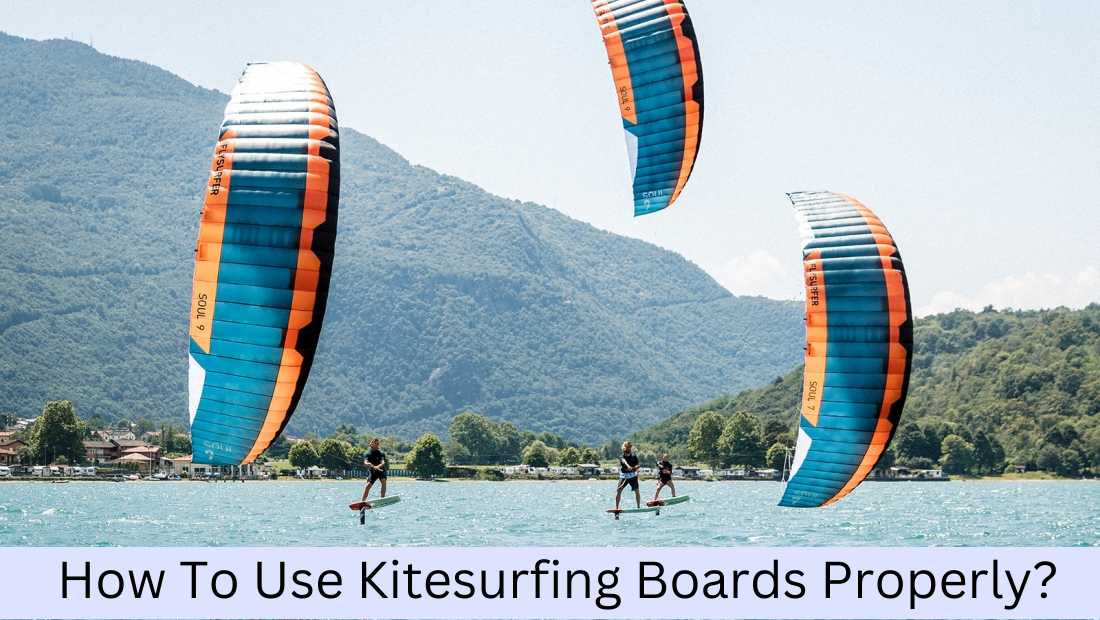


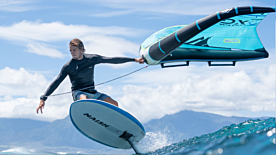
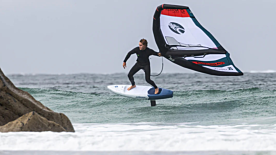
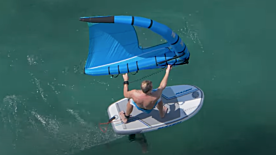
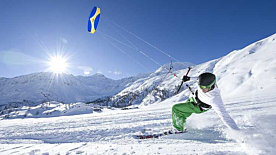
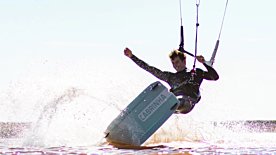
Validate your login